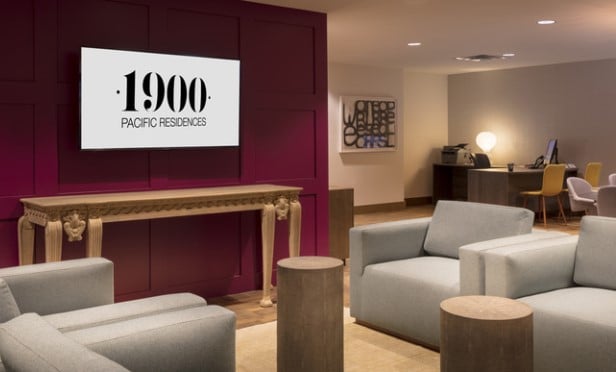
HOUSTON—With the aging population precipitating the need for additional healthcare facilities, more investors are finding these types of assets to be stable choices for investment. As a result, Chris Wadley recently joined JLL to head its Houston healthcare practice as a senior vice president. He shared some insights into the opportunities, challenges, trends and life science focus of healthcare facilities in this exclusive.
GlobeSt.com: What is the biggest opportunity you see in healthcare real estate?
Wadley: Institutional investors have never been more focused on healthcare real estate. As other real estate asset types have proven risky over the last several years, healthcare has come to be viewed as a safe investment. Capital previously invested in other asset types is now available to healthcare systems and developers. This environment has created opportunities for hospitals and health systems to leverage real estate portfolios for added value.
GlobeSt.com: What are the top trends in Houston healthcare real estate right now?
Wadley: A continuing trend in Houston healthcare is the establishment of clinical hubs outside the Texas Medical Center/TMC. The city's core is increasingly dense, real estate costs continue to rise and because Houston is vast, receiving treatment at the TMC is not always convenient for everyone. We'll continue to see the average bed counts of hospitals decrease and services shifted to outpatient facilities in an effort to reduce costs and be where patients are. In conjunction with this shift, I think we'll see the TMC area become increasingly research focused as its member institutions shift clinical care to more facilities across the region.
GlobeSt.com: What aspects of healthcare real estate do you expect to be most active this year?
Wadley: Leasing and facilities management will be very active. With many investors new to the healthcare sector, as well as to Houston, there will be a need for advisors to help transactions happen between building owners and healthcare tenants.
Facilities management will be a busy component because of widespread initiatives to reduce costs. Real estate service providers can partner with healthcare organizations to provide technology solutions and expertise that helps existing facilities departments improve operations and save resources.
GlobeSt.com: Can you describe Houston's life science sector, how is it evolving and where do you see it going?
Wadley: The TMC, its member institutions, and business and community leaders are all pushing to make Houston a top destination for not only research, which we already are, but commercialization and investment. Houston's life science sector is evolving from almost entirely nonprofit institute research to one in which the private sector can flourish. Over the next several years we expect Houston to be a place where companies can move from the start-up phase to growth, manufacturing, expansion and maturity, making Houston an attractive destination for commercial life science, pharmaceutical and medical device companies.
GlobeSt.com: What are some of the top challenges facing hospitals and healthcare service providers today and how can real estate be a solution to some of these challenges?
Wadley: Healthcare revenues have decreased while costs have increased. The entire industry has to do more with less. If leveraged properly, real estate can be a vehicle by which savings are realized and value added through design and technology.
Today's healthcare facilities are being developed with efficiency and patient experience in mind. Facilities are designed to be cost effective in energy consumption, size and flow of services. Hospitals and medical office buildings are also being designed to improve the patient experience. This includes more inviting interiors and convenient layouts. For instance, medical office buildings today often have attached parking garages that offer access directly to the adjacent floor for convenience and reduced patient exposure.
There is a significant opportunity for technology to improve processes and facility utilization, and as a result, save time and money. For example, Advanced Technologies Group/ATG, a technology-driven consulting firm, assists hospitals, health systems and universities automate and proactively address regulatory compliance requirements. ATG's technology decreases healthcare system spending through achieved business efficiencies and by eliminating fines for non-compliance.
© Touchpoint Markets, All Rights Reserved. Request academic re-use from www.copyright.com. All other uses, submit a request to [email protected]. For more inforrmation visit Asset & Logo Licensing.







